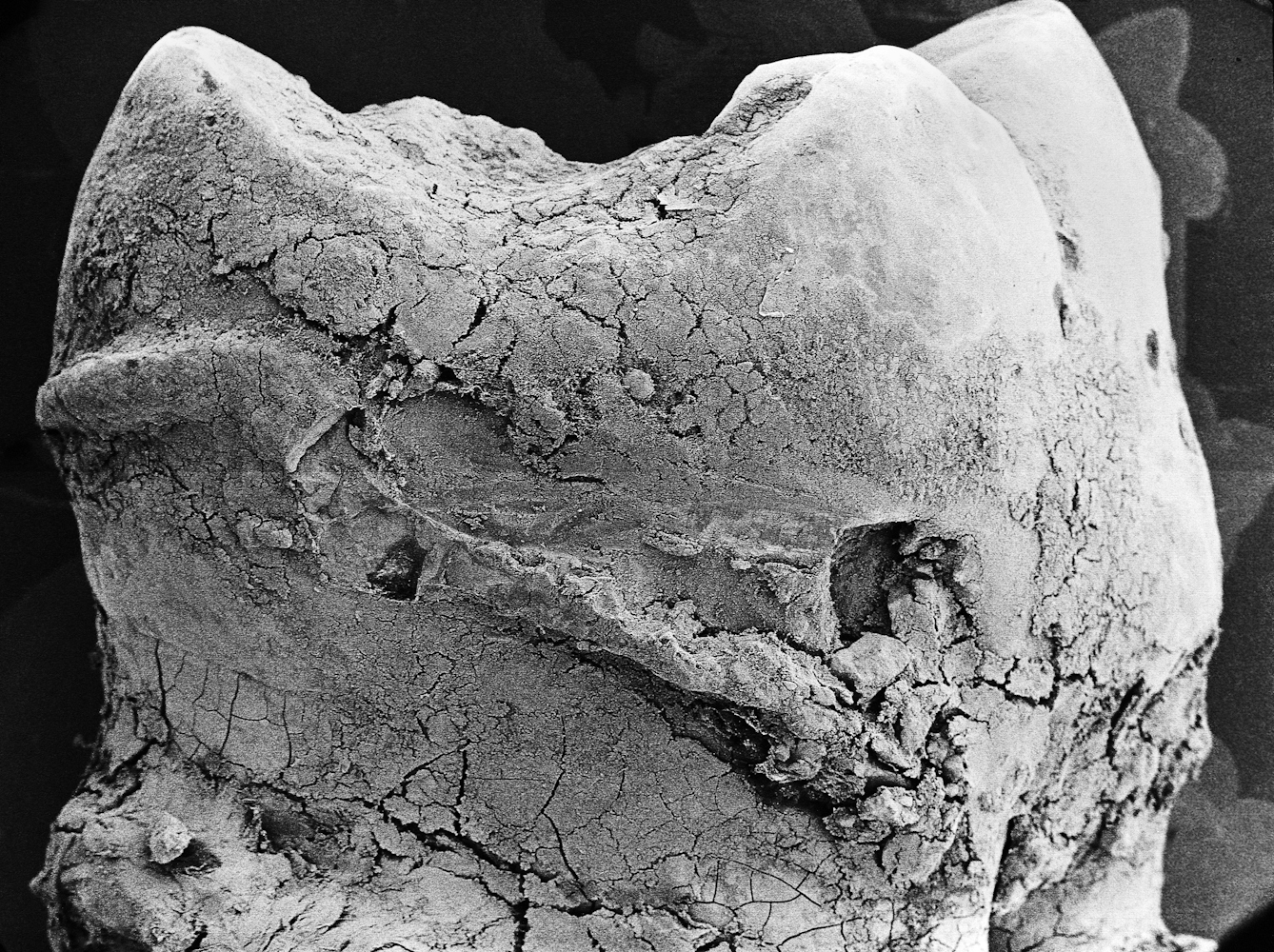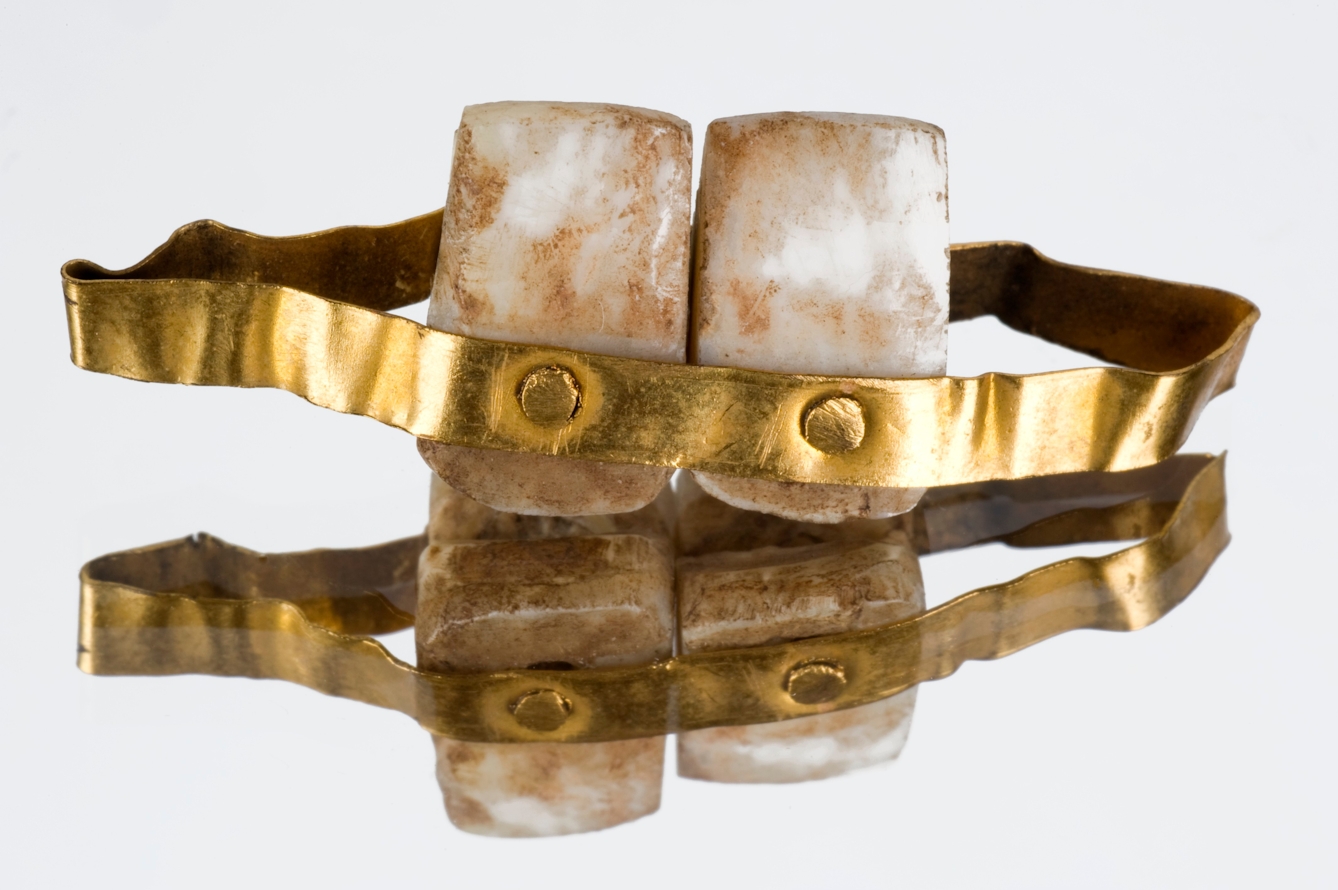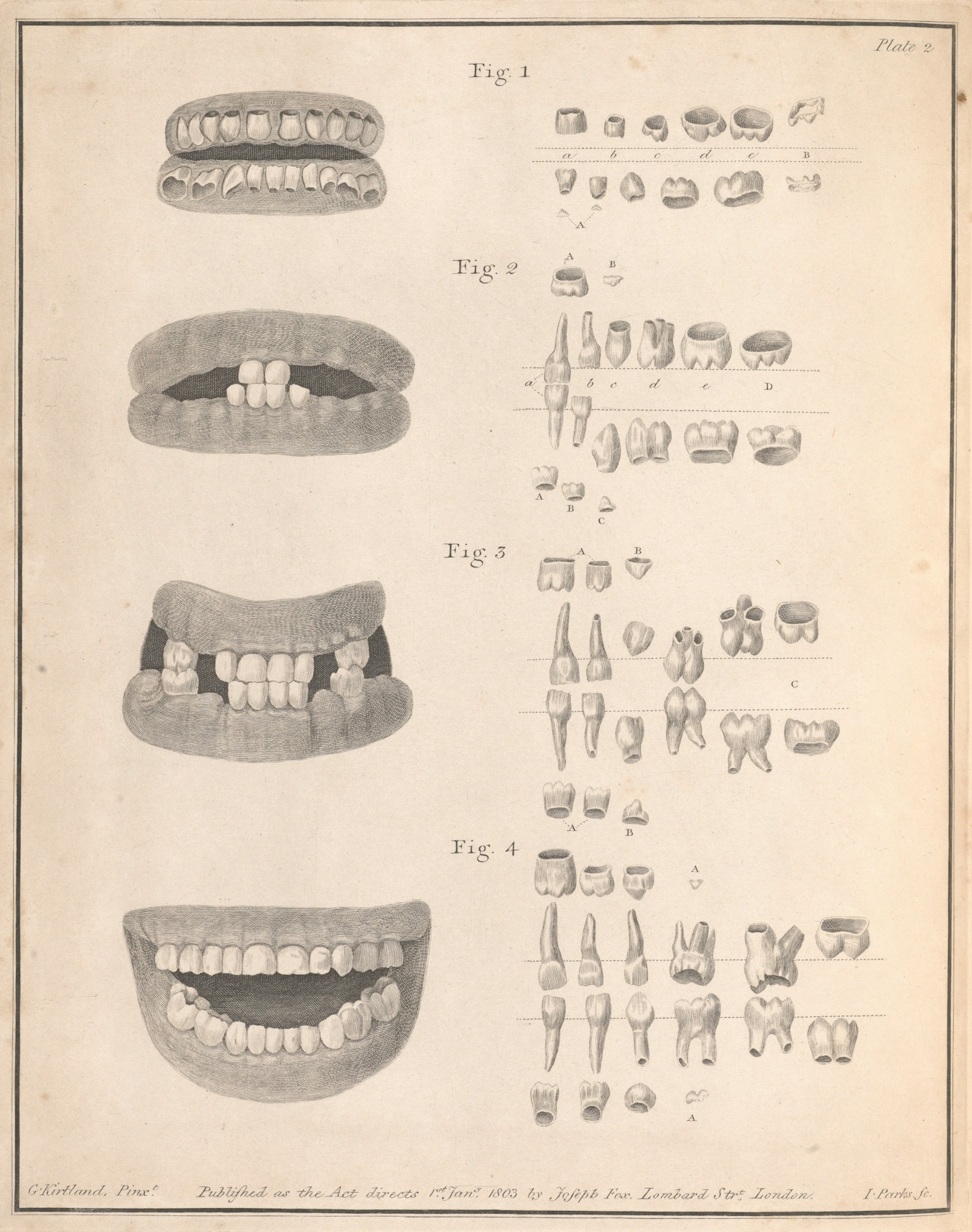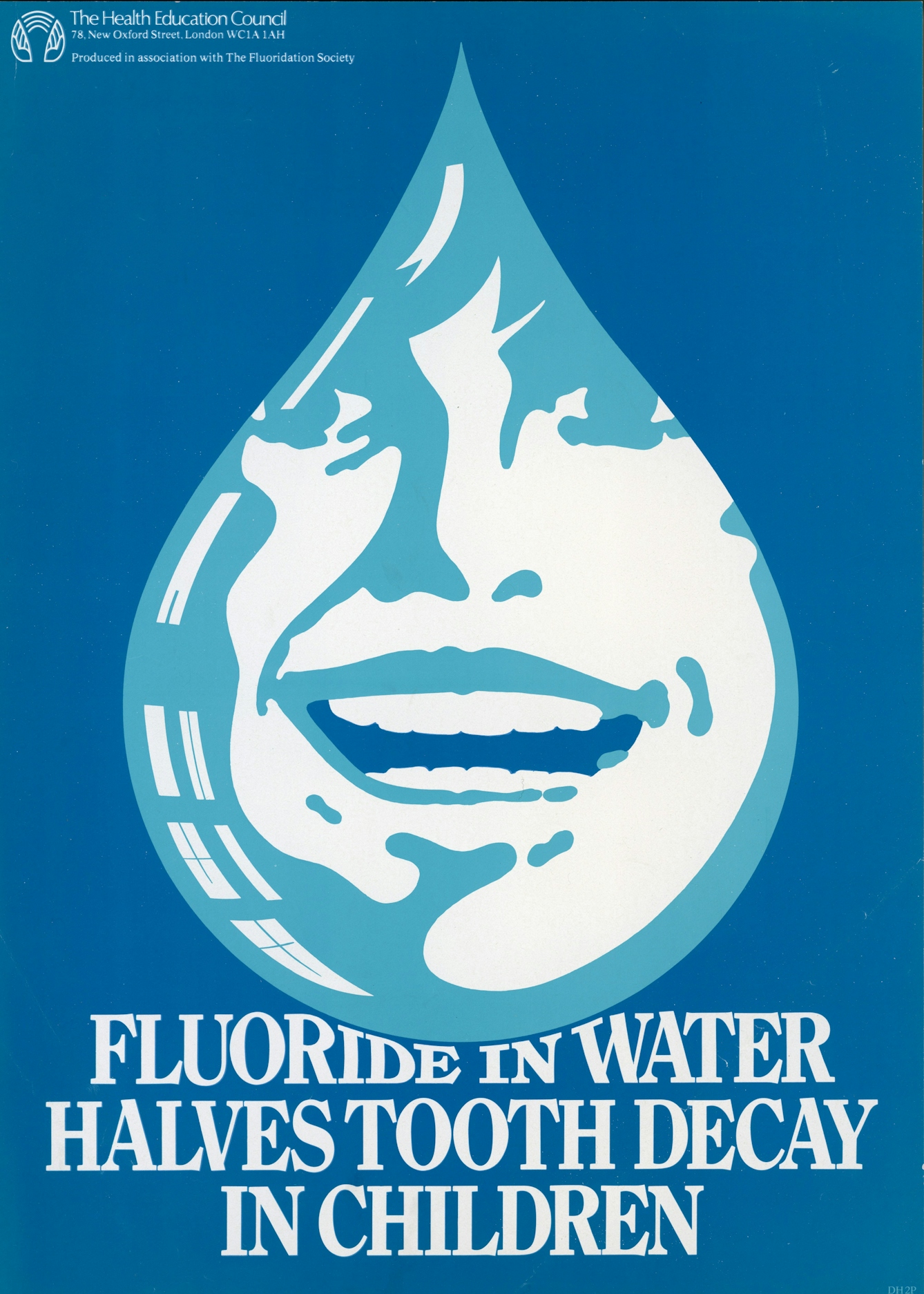Teeth might appear somewhat bland, but they are the most interesting, informative part of our skeletons. Find out how scientists can discern subtle shifts in human diet, health and evolution by examining teeth.
The 19th-century naturalist Georges Cuvier famously said, “Show me your teeth and I will tell you who you are.” Mammals’ teeth are so distinctive that researchers can often identify animal remains based on a single tooth. And human teeth are so varied that they can be used for identification by forensic scientists.
But identity is not the only thing we can learn from teeth: teeth hold secrets.
Wisdom teeth and the secrets of evolution
Teeth are not appetising to carnivores and scavengers, which might consume most other body parts, and they are made of materials particularly suited to becoming fossils: the only parts of some ancient species that exist are their teeth. By studying changes in teeth, and their shape and size, we can learn about human evolution. And within modern humans, we can see how natural selection has shaped and continues to shape us.
Georges Cuvier realised that mastodons were a different species from elephants by examining fossilised teeth. The name mastodon (or mastodont) means 'breast tooth' and refers to nipple-like projections on the molars, which elephants do not possess.
If you’ve ever suffered the agony of wisdom-tooth trouble, the source of your pain has a long history. Over a million years ago, our ancestors began cooking food, making it softer. Over time, their jaws became shorter and smaller because they didn’t need to work as hard at chewing. Teeth also became smaller so they could fit the jaw.
Unfortunately, jaws got smaller at a faster rate than teeth, eventually becoming too small for our teeth. As a result, our third molars – our wisdom teeth – started becoming impacted and infected, or erupted in weird ways and damaged other teeth. Because these problems decrease chewing efficiency, natural selection started acting against third molars, which is why about a third of humans do not have wisdom teeth.

Close examination of teeth reveals that the surface is worn away by our everyday diet and behaviours.
How diet leaves ‘foodprints’
Teeth are odd, as they are the only part of the skeleton that interacts directly with the environment: if other parts of your skeleton interact with your environment, you should probably see a doctor!
Everything that enters our mouths – from dinner last night, to the fork we used to eat it, to dust in the air – has the potential to wear our teeth on a microscopic level. By analysing dental microwear patterns, or ‘foodprints’, as one dental microwear expert calls them, we can track dietary and environmental changes that happened to groups of humans over time.
For example, one study used dental microwear to identify a dietary shift in Israel thousands of years ago. Researchers were able to tell when people moved from being Natufian hunter-gatherers to Neolithic farmers. Another study used the same techniques to track a shift in how people were making flour in Syria.

The Etruscans were the first to make dentures and false teeth, from 700 BCE onwards. Dentures are not as efficient as natural teeth.
Chewing and malnutrition
As well as the longer history of our species, teeth can tell us a great deal about us as individuals. Eventually, microwear leads to macrowear, and this is how dentists can see who grinds their teeth at night. Evolution has designed our teeth so we can wear them a lot before experiencing problems. But if they’re worn too much, we find it more difficult to chew foods efficiently.
Chewing breaks food into smaller pieces, making it easier to swallow and digest, which then gives us the energy and nutrients we need. If teeth are over-worn or missing, or if we have dentures, we may eventually suffer from malnutrition.
Fake teeth – like bridges, implants or dentures – do not work as efficiently as our natural teeth at chewing ‘mechanically challenging’ foods, like chicken or steak. And so people with fake teeth avoid these foods. Eventually, their jaw muscles get weaker and, in turn, their skull bones get thinner. Yes, you read that right: studies have shown that toothless people have thinner, weaker skull bones.

Humans grow their teeth over time. As well as whole teeth growing through, each tooth grows as layers accumulate.
Reading the lines
It’s not just damage to teeth that can tell us about a person’s life. The everyday growth of our teeth from before we are even born reveals information about us.
When we are children, our teeth grow in our maxillae and mandibles (the upper and lower jaws). The cells that produce enamel and dentin – the harder, outer layer and softer, inner layer of the tooth – follow a 24-hour cycle, laying down a little bit of enamel and dentin every day. This 24-hour cycle leaves behind incremental lines, or cross-striations, similar to the yearly growth rings in trees.
And, just as counting tree rings tells us how many years old a tree is, counting dental cross-striations tells us how many days old the tooth is. Stressful life events, like surgery, prolonged malnutrition, and even birth, can hinder tooth growth, leaving behind a darker line, similar to the way that the darker lines of tree rings represent slower growth through the winter months.
Since some teeth start to grow before a person is born, it is possible to tell exactly how many days old someone is by counting the cross-striations after the ‘birth line’, so long as their teeth are still growing. This can be quite late in life in the case of wisdom teeth.
We are what we eat
On a much smaller scale, what can we learn from the atoms that make up the teeth? We are what we eat, and the atoms used to construct our teeth come from the foods and liquids we consume. Atoms exist in multiple forms in nature and can be heavier or lighter (depending on the number of neutrons in the nucleus): these forms are called isotopes. Examining the balance of different isotopes enables us to do some detective work about the life of a tooth’s owner.
Water is full of dissolved oxygen, and when we drink water, oxygen is incorporated into our teeth. Factors like how stagnant water is and its temperature affect the type of oxygen isotopes in the water, which we then absorb. So by measuring the oxygen isotopes in teeth, it is possible to estimate which water sources we drank from as children, and to point towards where we grew up.

The type of water we drink leaves traces in our teeth.
The atoms in your teeth can reveal what sort of diet you eat too. Most of the nitrogen in our bodies comes from the proteins we consume. Proteins from organisms higher up the food chain, like carnivorous animals, have more heavy nitrogen than proteins from organisms lower on the food chain, such as plants. So, people who ate lots of meat as children have relatively more heavy nitrogen isotopes in their teeth, and those who ate more plants have less.
And we can even tell what sort of plants people have been eating by looking at teeth. A large percentage of the carbon isotopes in our bodies comes from the plants we eat. The ratio of heavy to light carbon varies by plant. So if there is a lot of relatively heavy carbon in our teeth, this could mean we ate more corn and sugar as children than rice and wheat.
The roots of history
While they might look rather bland, teeth are filled with secrets, keeping a meticulous record of our lives. They even hold the secrets of humanity’s evolutionary history. This makes teeth the most interesting, informative part of our skeletons by far.
‘Teeth’ is at Wellcome Collection from 17 May to 16 September 2018.
About the contributors
Michael A Berthaume
Dr Michael A Berthaume works in the department of bioengineering at Imperial College London. His research focuses on the intersection of biological anthropology and engineering, and he is author of several peer-reviewed journal papers on dental biomechanics.


